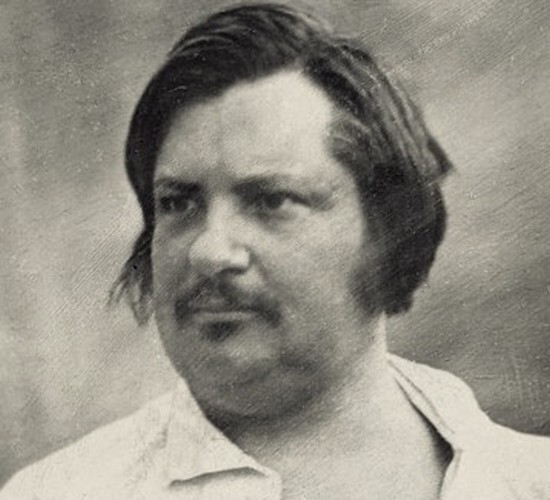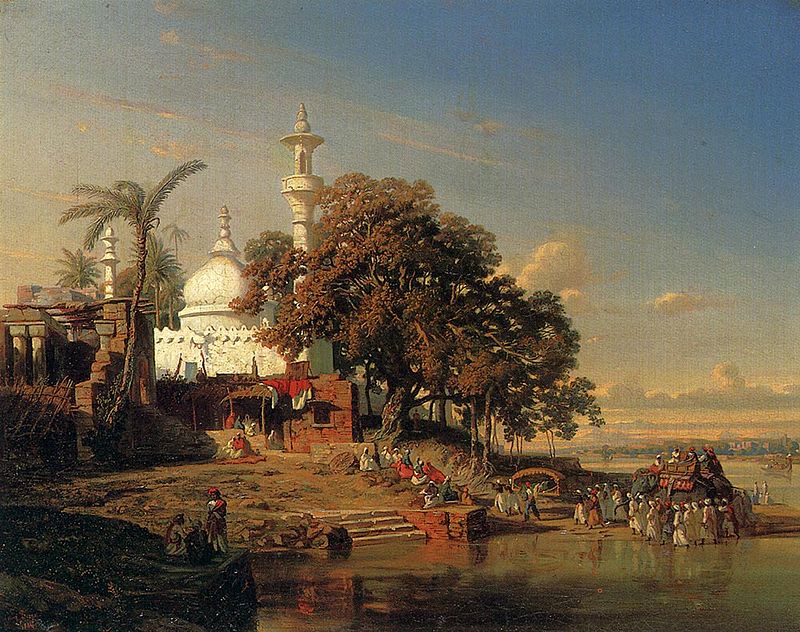Redefining Realism? Michelle Lee on Balzac's Fictional Travelog
By Tom Porter
French novelist and playwright Honoré de Balzac captured the reading public’s imagination with the publication in 1832 of My Journey from Paris to Java, an imaginary travelog describing a journey to the East Indies.
This work is of particular interest to Consortium for Faculty Diversity Postdoctoral Fellow in French, Romance Languages and Literatures Michelle Lee, who is currently working on a book about France’s growing fascination with the East—Middle and Far—during the nineteenth century, and how that influenced French literature and photography.
During the spring semester Lee delivered a faculty seminar on the subject of Balzac and his literary voyage to the Far East—a work which was atypical of his output, she explained.
“Balzac is best known for his ‘Human Comedy,’ a collection of more than ninety novels and essays concerning French society in the early nineteenth century, This really cemented his reputation as a literary realist, which is what makes his foray into travel writing all that more fascinating.”
Fascinating, said Lee, in part because he wrote this travelog without leaving France, “which is admittedly curious. But at the same
“The success of this work reflects the mounting public interest at the time in ‘orientalism’ or ‘exoticism,’ as expanding European economies started to open up Asia to the West,” said Lee.

This fascination with the exotic prompted Balzac to depart from his established role as novelist and embrace the realm of fantasy travel-writing. “This was a departure from his usual style in another sense too, in that it was a work of considerable humor, almost tongue-in-cheek.”
To the European armchair traveler of the 1830s, Java was as remote as the moon. Balzac seemed well aware of this as he gave free rein to his imagination. Alongside true descriptions of Java, gleaned from the real-life traveler he had interviewed, Balzac concocted stories of a magical land inhabited by civilized monkeys, where coconuts were in fact dragon eggs, and where women could conceive by being exposed to the heat of the sun.
“This work should make us re-think how we define realism, and how realism can intersect with exoticism,” said Lee. “One might typically assume the two traditions have nothing in common, but Balzac’s treatment of the travel writing genre showed the world how the scope of realism could be expanded beyond its traditional, European boundaries.”
In this way, she explained, Balzac played a part in establishing French literature “as part of a global production, rather than just a national production. He helped connect European literature to the outside world.”



